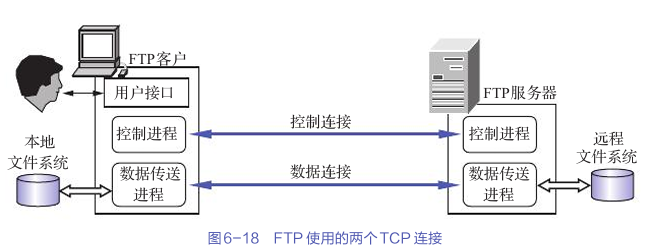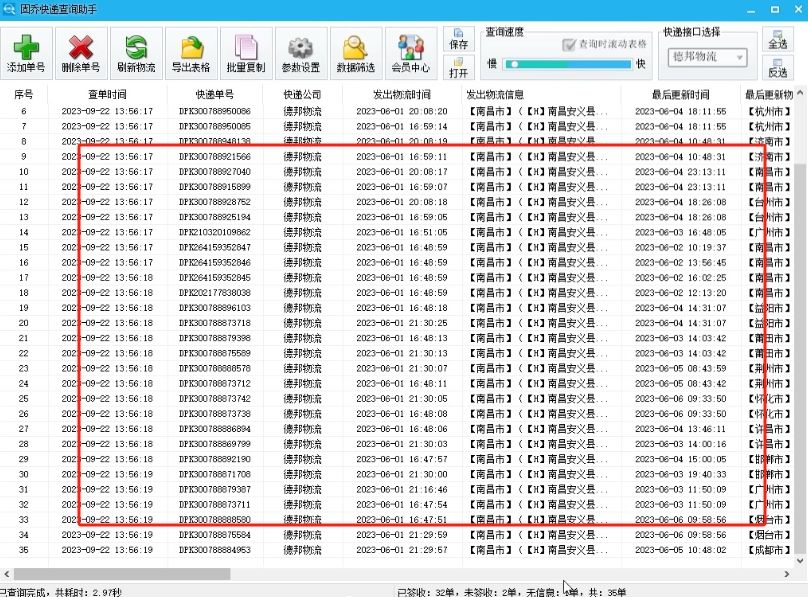目录
一、引入依赖
二、创建Swagger配置类
三、修改Spring-MVC配置文件
四、在游览器打开
五、配置 Swagger
六、使用 Swagger
七、Swagger 的常用注解
@ApiOperation()
@ApiModel ()、@ApiModelProperty ()
一、引入依赖
<dependency>
<groupId>io.springfox</groupId>
<artifactId>springfox-swagger2</artifactId>
<version>2.9.2</version>
</dependency>
<dependency>
<groupId>io.springfox</groupId>
<artifactId>springfox-swagger-ui</artifactId>
<version>2.9.2</version>
</dependency>
<!--Swagger 需要用到这个依赖-->
<dependency>
<groupId>com.fasterxml.jackson.core</groupId>
<artifactId>jackson-databind</artifactId>
<version>2.13.4.1</version>
</dependency>二、创建Swagger配置类

三、修改Spring-MVC配置文件
<!--开启包扫描路径-->
<context:component-scan base-package="com.shao"/>
<!-- 开启注解驱动-->
<mvc:annotation-driven />
<!-- 映射 Swagger-ui 静态资源-->
<mvc:resources mapping="swagger-ui.html" location="classpath:/META-INF/resources/"/>
<mvc:resources mapping="/webjars/**" location="classpath:/META-INF/resources/webjars/"/>四、在游览器打开
http://localhost:8090/项目名/swagger-ui.html

五、配置 Swagger
@Configuration
@EnableSwagger2
public class SwaggerConfig {
//配置Swagger的Docket的bean实例
@Bean
public Docket docket() {
// 创建一个Docket实例并指定文档类型为Swagger 2
return new Docket(DocumentationType.SWAGGER_2)
.apiInfo(apiInfo()) // 设置API的基本信息,如标题、描述等
.select() // 选择扫描哪些包
.apis(RequestHandlerSelectors.basePackage("com.xxx"))
.paths(PathSelectors.any()) // 选择扫描哪些路径下的接口
.build(); // 构建 Docket
}
// 配置 Swagger 信息
public ApiInfo apiInfo(){
return new ApiInfo("Swagger" // 标签
, "这是 接口文档" // 描述
, "v1.0"
, "https://www.baidu.com"
, new Contact("张三", "https://www.baidu.com", "") // 作者信息
, "Apache 2.0"
, "http://www.apache.org/licenses/LICENSE-2.0"
, new ArrayList());
}
}
打开接口详情,可以看到有很多类型的请求方法,这是因为 我们使用的是 @RequestMapping() 注解 ,改成具体的对应的 注解 就可以了

POST 请求方法 改成 @PostMapping () 注解

这样就清爽多啦

六、使用 Swagger

发送请求

测试成功

七、Swagger 的常用注解
@ApiOperation()
用于描述接口信息


@ApiModel ()、@ApiModelProperty ()
@ApiModel () 对模型类做注解,实体类
@ApiModelProperty () 对属性做注解



















